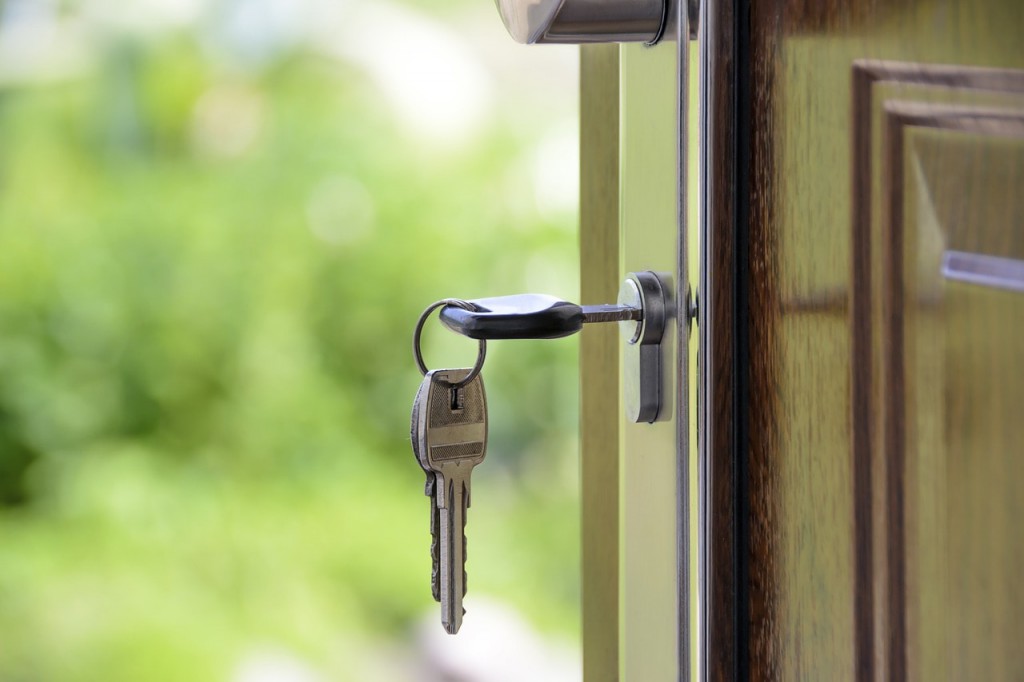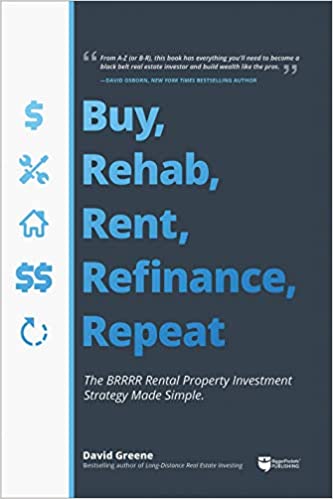While raw land in itself won’t produce a profit, it can be an excellent strategy for real estate investors seeking a low-competition, low-barrier-to-entry investment option.
Overview
- Up-Front Investment: Purchasing the raw land. Raw land is cheap and you may be able to buy it outright with 100% cash (depending on how much you have to spend).
- On-Going Investment: Very little other than your annual property taxes.
- Return on investment: Takes some time, but once the demand for property in the area has substantially increased, you can sell the land for a high return.
- Best for: Areas with a lot of vacant land where developers are starting to show interest (or where you anticipate they will in the near future).
How It Works
You might not look at an empty plot of land and see a potential for making good returns, but the fact is that raw land can be a very lucrative investment strategy for anyone who’s got the time to wait for a stronger market.
The whole key to investing is buy low and sell high. That’s the exact same approach you should be taking when thinking about buying some raw (undeveloped) land. The secret to successful raw land investing is getting land that can later be developed by either a commercial or residential builder.
By owning the raw land, you are sitting on the property and waiting for its value to increase. If you anticipate a lot of development to begin taking place in your area in the next few years, buying raw land now before the prices skyrocket could be a strategic move on your part. The key is to be able to buy the land and then wait long enough for a motivated investor/builder to come along who’s able to give you a large profit.

Obviously, the risk with raw land is that you’ll purchase it and development won’t take off in the coming years. This is unlikely to hold true forever since just about every town in the country is growing, but if you don’t choose the raw land wisely, you aren’t as likely to get a good return or you may have to wait quite some time (think 5+ years, or more) before real interest is sparked in the area.
Rent to Own Contracts
Now, there is one way to turn raw land into an income property, and that is through “Rent To Own” contracts. Many people who are interested in getting into the real estate market themselves but don’t have a lot of money to invest look for rent to own property so that they can get some skin in the game with a relatively small up-front investment.
By offering your property on a rent-to-own basis, you will act as the financing entity. The goal, of course, is to end with a profit. If you are doing an RTO contract with raw land that you bought for $5,000, you may do a rent to own for 5 years with a monthly payment of $120. By the time the 5 years are up, you’ll have pocketed $7,200. That’s your investment back with a couple thousand to spare.
Obviously, RTO can’t offer you huge returns, but then again, think of it this way: 3 years into the 5-year contract, your lease may choose to stop paying on the property. You still own the property up until the final payment, so they have given you $4,320–getting you back almost your entire investment yet you still hold ownership to the land. You can turn around and rent it out to someone else.
This is a common scenario where people get into a rent to own contract (which is basically a lease agreement with the option to buy at the end) but end up stopping short for one reason or another. Of course, as a smart investor, you should not count on a renter giving up on your contract halfway. Rather, you’ll need to run the numbers to see if a RTO option can get you good enough profit.
Sit and Wait
In most cases, you’ll get a bigger return by simply choosing to sit on the property and hold it until an interested developer comes along who’s willing to purchase it from you, but this is going to boil down to location.
If you choose your raw land carefully and think about its location and potential uses, you can find that there are a few different avenues you can take to profit from it. The first and most common: sit on the land for however long it takes for an interested developer to come buy it from you. Second, offer it as a rent-to-own property to make an okay return within the next few years. Third, subdivide it and sell the plots!
Subdivide Large Plots
The third option will only work if you buy a large enough piece of land that is able to be subdivided. If you are considering this option, you’ll need to think closely about the land before purchasing it.

The Pros
Buying raw land generally takes a smaller investment than buying any other sort of property. In many cases, you can purchase a few acres for just a few hundred or a few thousand dollars. The only on-going cost for you will be property taxes.
Buying raw land can be a good deal since you can sell it to a developer for a profit or hold on to it and rent it out. You can even offer a rent to own option that people will be interested in if they are trying to own property but can’t afford to pay the full amount up-front.
The Cons
If you’re buying raw land, you are anticipating development in the area to grow in the coming years. If it doesn’t, your land isn’t going to gain much value, and it might even lose some depending on its location.
If you are planning on getting a renter or rent-to-own lease sooner rather than later, the chances of signing someone up to pay to use your land can be low. It all depends on your local market place, the size of the plot, and its location.
Summary
Raw land can be a smart and easy-entry investment strategy for those looking to get started with real estate. Hopefully, you’ll have a few years to spare. If you wait it out, raw land can easily sell for double or triple what you paid for it so long as you find the right buyer.
In most cases, you’ll get the highest returns on a raw land purchase from a developer. If you are anticipating more development in the area in the coming years, raw land can certainly be a smart investment.
More: Invest in a rental property – Tenants and cashflow included. See how


